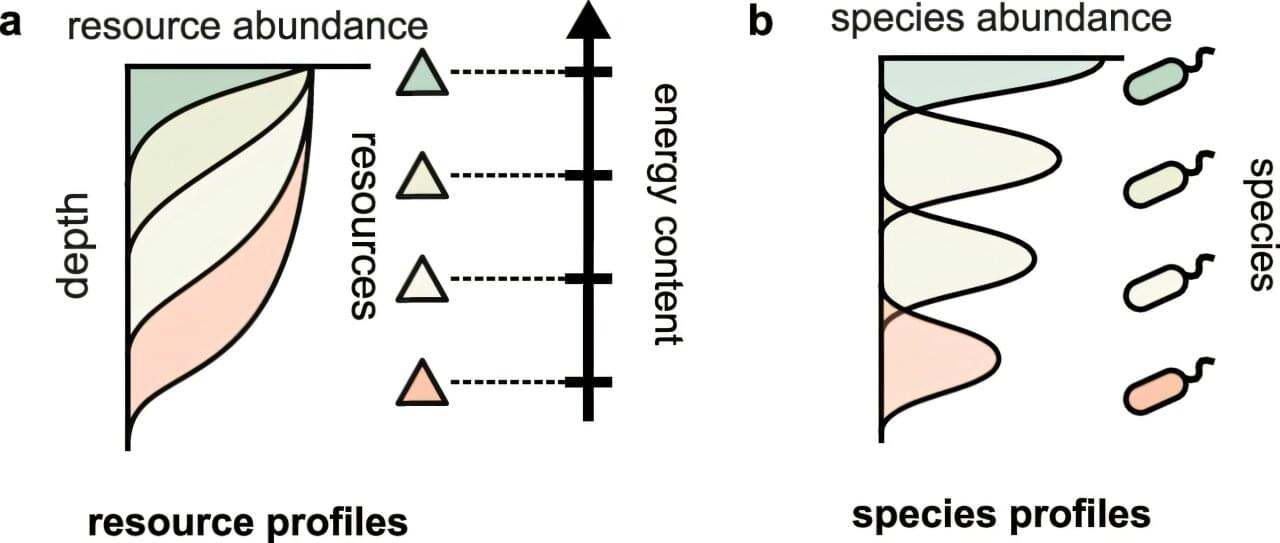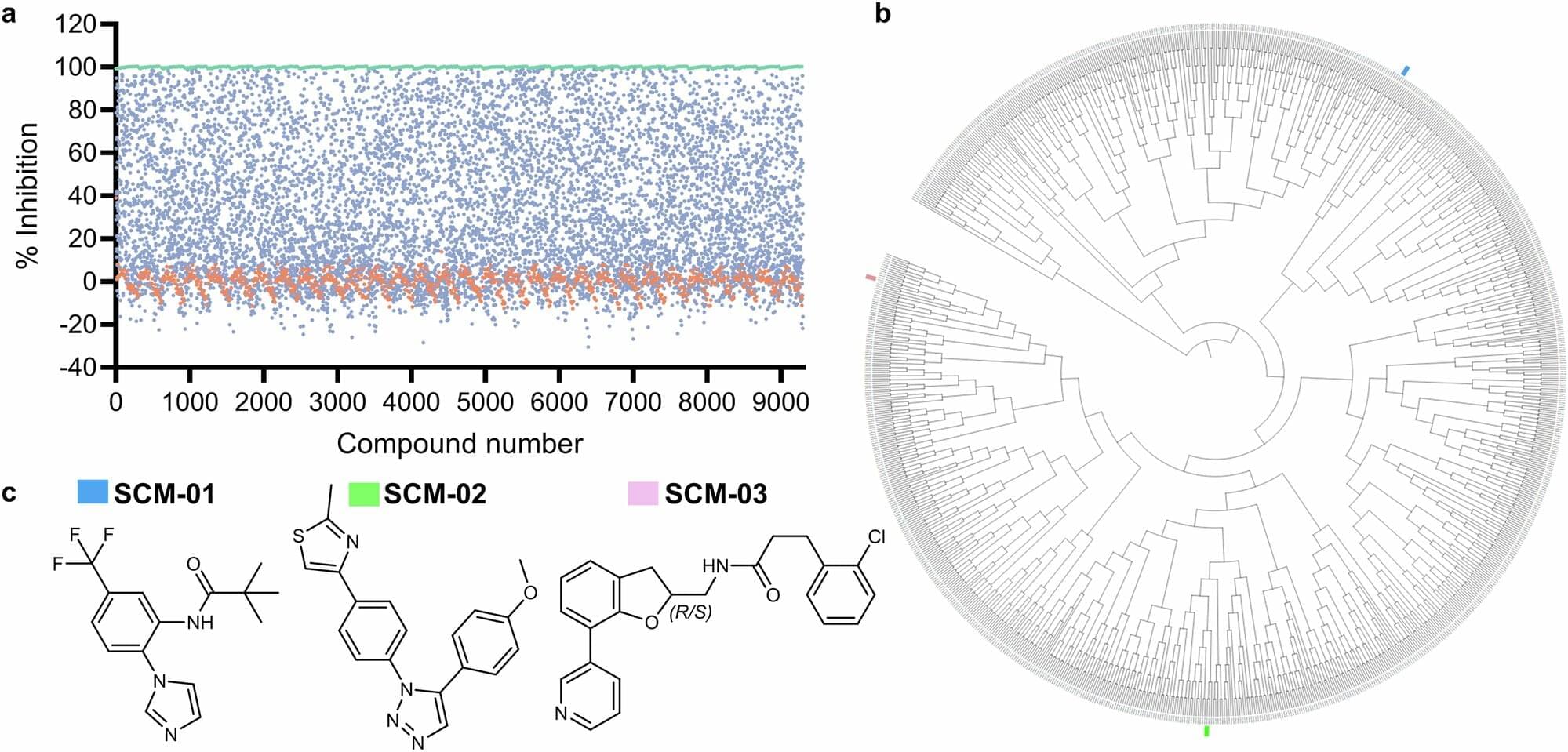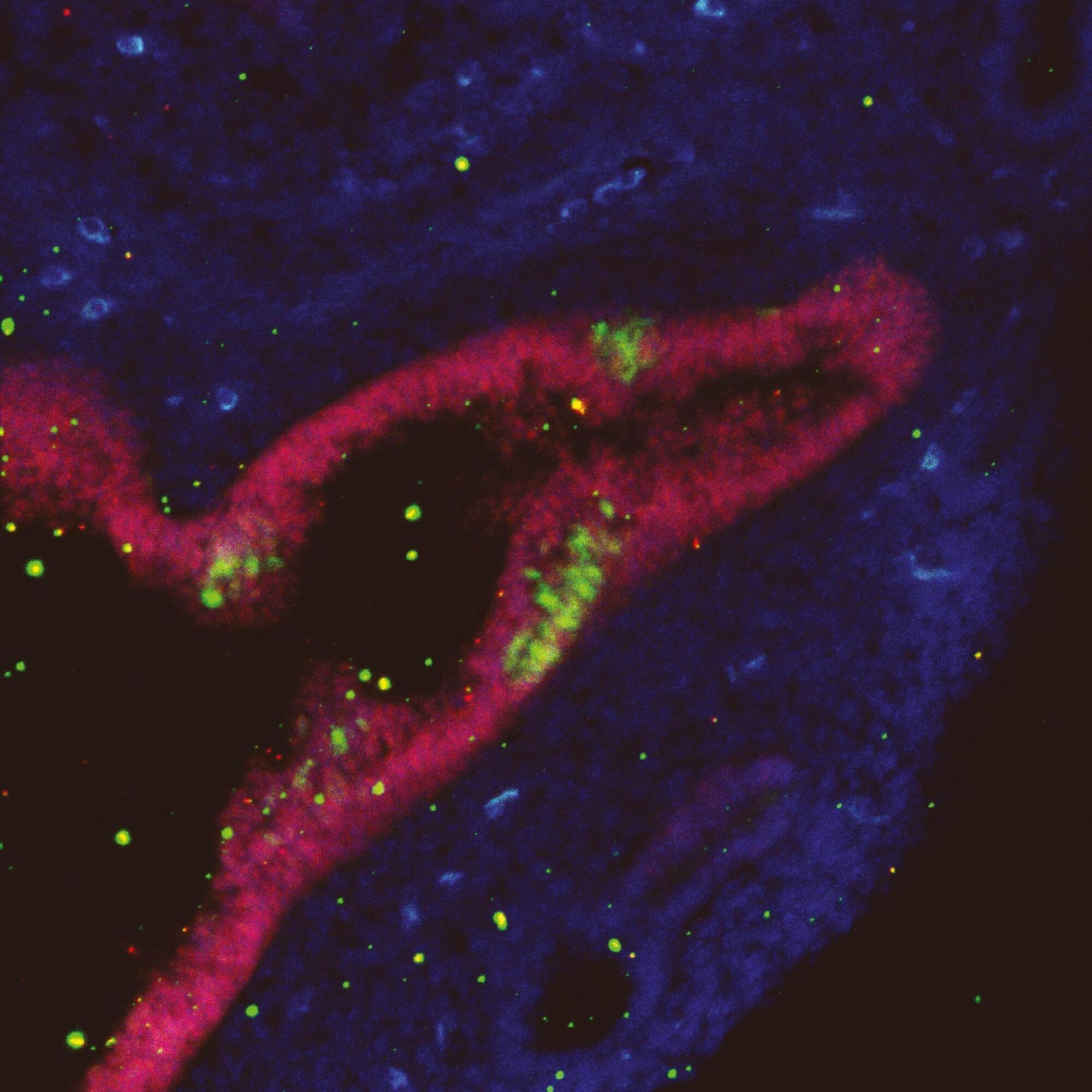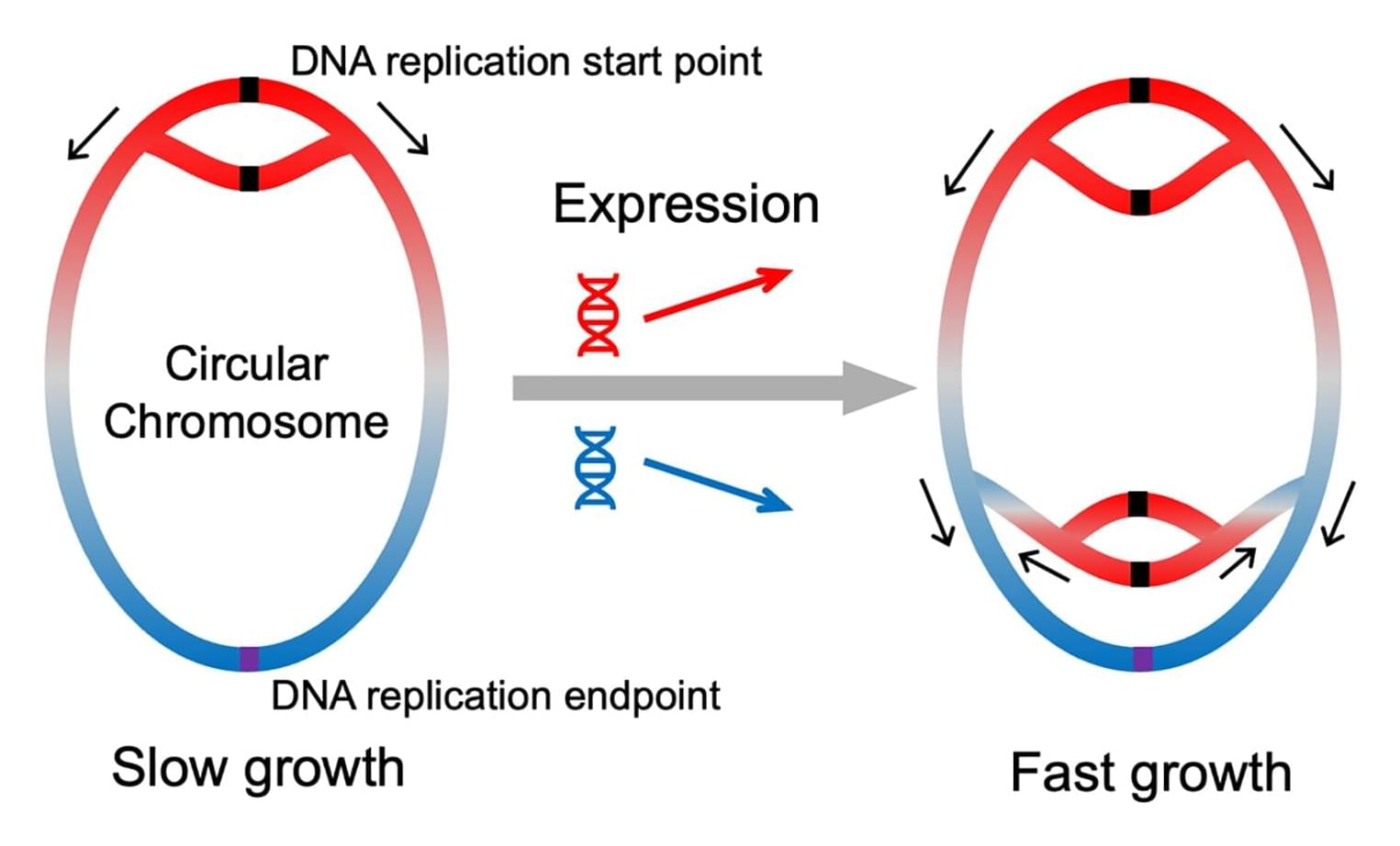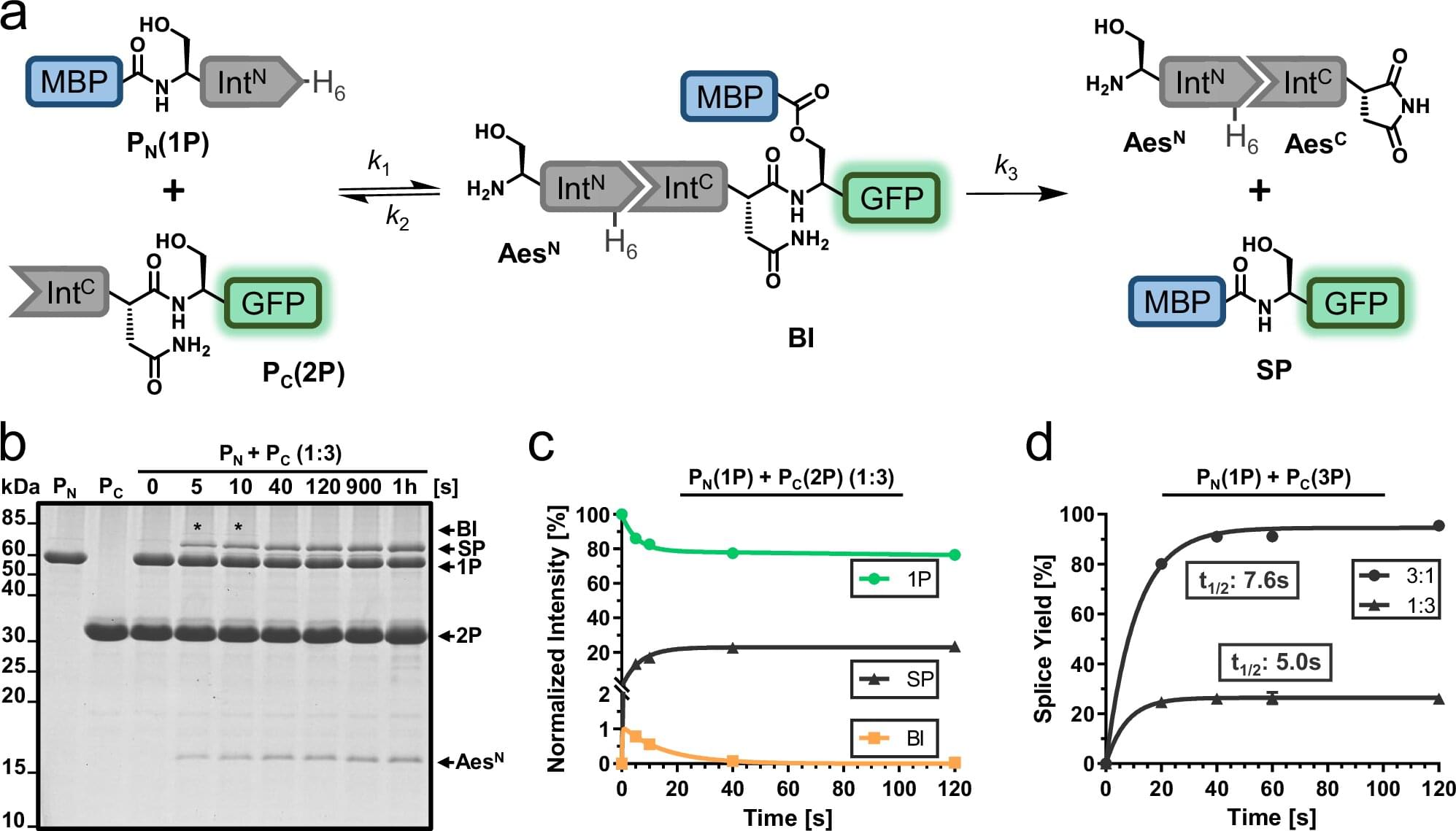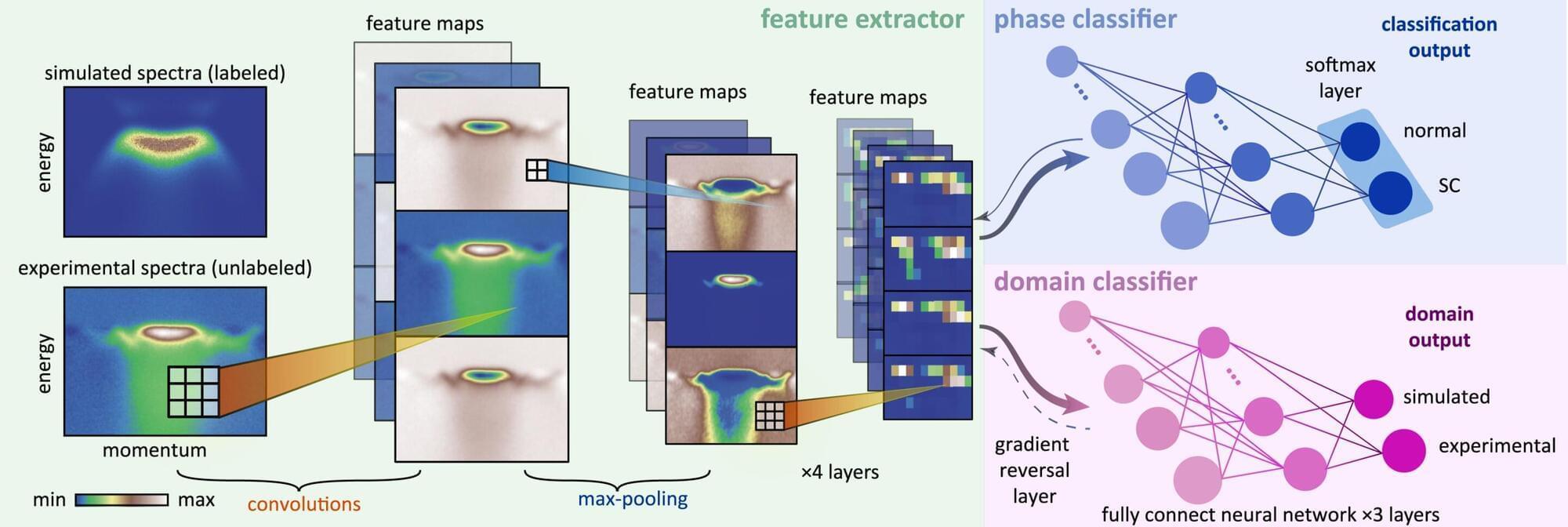Scientists trying to discover the elusive mass of neutrinos, tiny “ghost particles” that could solve some of the universe’s biggest mysteries, announced a new limit on Thursday for how much they could weigh, halving the previous estimate.
Since the existence of neutrinos was proposed nearly a century ago, scientists around the world have struggled to learn much about them—particularly their mass.
This is important because the neutrino, as the most abundant particle in the universe, “weaves a thread that connects the infinitely small and the infinitely large,” Thierry Lasserre, a physicist at France’s Alternative Energies and Atomic Energy Commission, told AFP.



